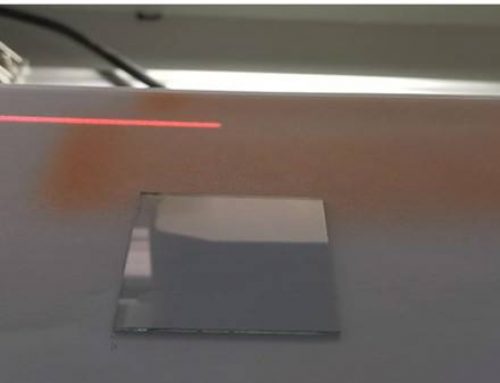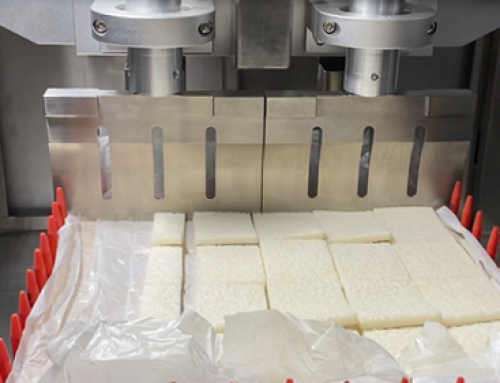High-efficiency Solar Cells
Graphene, perovskite, silicon——ideal high-efficiency solar cells

This figure shows a graphene layer for thin film fabrication. (Image source: University of Manchester)
Researchers at the University of Torviga in Rome, the Italian Institute of Technology (IIT), and Beaffal, the flagship member of graphene, partnered with ENEA to successfully combine graphene with a perovskite-silicon solar cell in series, and its efficiency Up to 26.3%.
In addition, they also conceived a new manufacturing method. Due to the multifunctional nature of graphene, this method can reduce production costs and can be used to produce large-area solar panels. Graphene-based tandem solar cells are almost twice as efficient as pure silicon.
The laws of physics limit the maximum efficiency of silicon solar cells to 32%. For this reason, scientists have spent decades trying to find other alternatives, such as III-V semiconductors (what are the specific substances, and unusual common nouns need to be annotated) and perovskites. However, there are several challenges in the latter manufacturing, of which expanding the production of solar panels is a key step towards success. Using “tandem cells”, scientists have previously combined the advantages of silicon and perovskite-yet stability, efficiency, and mass production still seem to be a distant dream.
But then graphene appeared-it could change the whole process. Researchers at the Graphene Flagship Project have discovered the potential of graphene to capture energy. In fact, they have been working on two different industrial-oriented “pioneer projects” to tap the possibilities of graphene solar cells.
This new paper, published in Joule, entitled “Mechanically stacked, two-terminal graphene-based perovskite / silicon tandem solar cell with 25.9% stabilized efficiency”, once again proves graphene and related layers The material will commercialize more efficient and economical large-area solar panels.
Aldo di Carlo, lead author and researcher at the Graphene Flagship Partner University of the University of Torvgata, Rome, explains: “Our new approach to making graphene solar cells offers double advantages. First, it can be used to enhance all the different types Of perovskite solar cells, including those processed at high temperatures. But more importantly, we can use our widely used “solution manufacturing method” to integrate our graphene, which is a further industrial application of our technology and provides The key to large surface, graphene solar panels. “
Francesco Bonaccorso, co-founder of the thesis and co-founder of BeDimensional, a graphene flagship product, said: “This innovative approach proposed in the context of graphene’s flagship product is the first step towards the development of tandem solar cells. Batteries are more efficient than the limits of single-cell silicon devices. Layered materials will be key to achieving this. “
Emmanuel Kymakis, head of the graphene flagship energy production package, said: “Before you can take full advantage of the perovskite-silicon tandem pv concept, some compatibility issues must be addressed. This pioneering work shows that GRMs inks have a randomly deformed shape and The integration of harmonizable optoelectronic properties in a tandem structure facilitates high-throughput industrial manufacturing. Graphene and related materials improve the performance of these devices, including stability and scalability. The stacked silicon-perovskite configuration will serve as The basis of the new graphene flagship pioneer project GRAPES, which will conduct pilot production of graphene-based perovskite-silicon tandem solar cells, paving the way for breaking the 30% efficiency barrier and significantly reducing average energy cost.”
Andrea C. Ferrari, Science and Technology Officer of the Graphene Flagship Project and Chairman of the Management Committee, added: “Since the Graphene Flagship Project was launched, the application of graphene and related materials in solar power generation has been considered a strategic priority. The first Graphene-based solar power plants will be built this year. These new results will lay the foundation for our efforts to produce panels that define the most advanced technology in the next three years. This also illustrates the work of the graphene flagship and the United Nations. The ‘Sustainable Development Goals’ are inseparable. “
Article source: 中国数字科技馆






